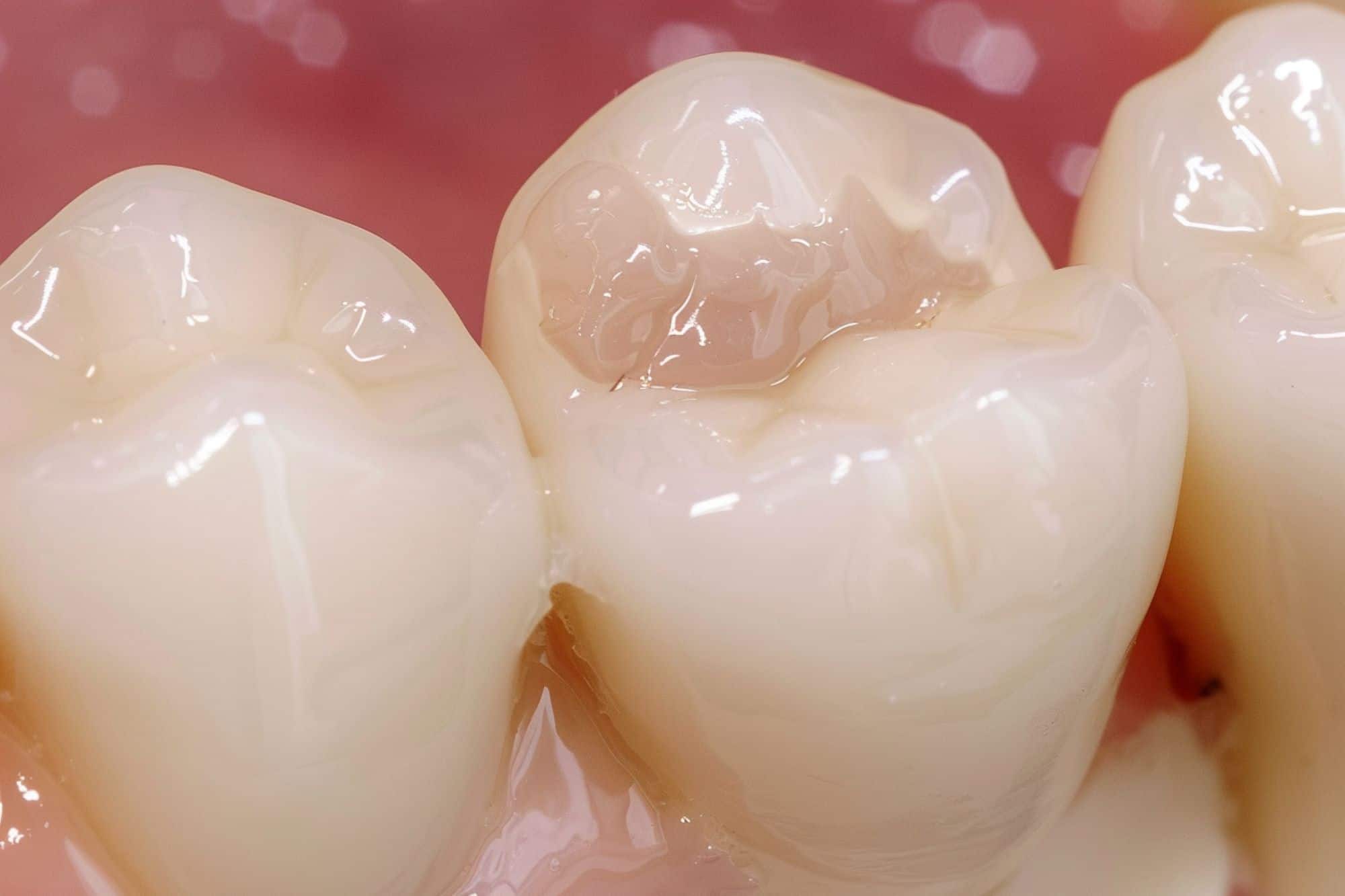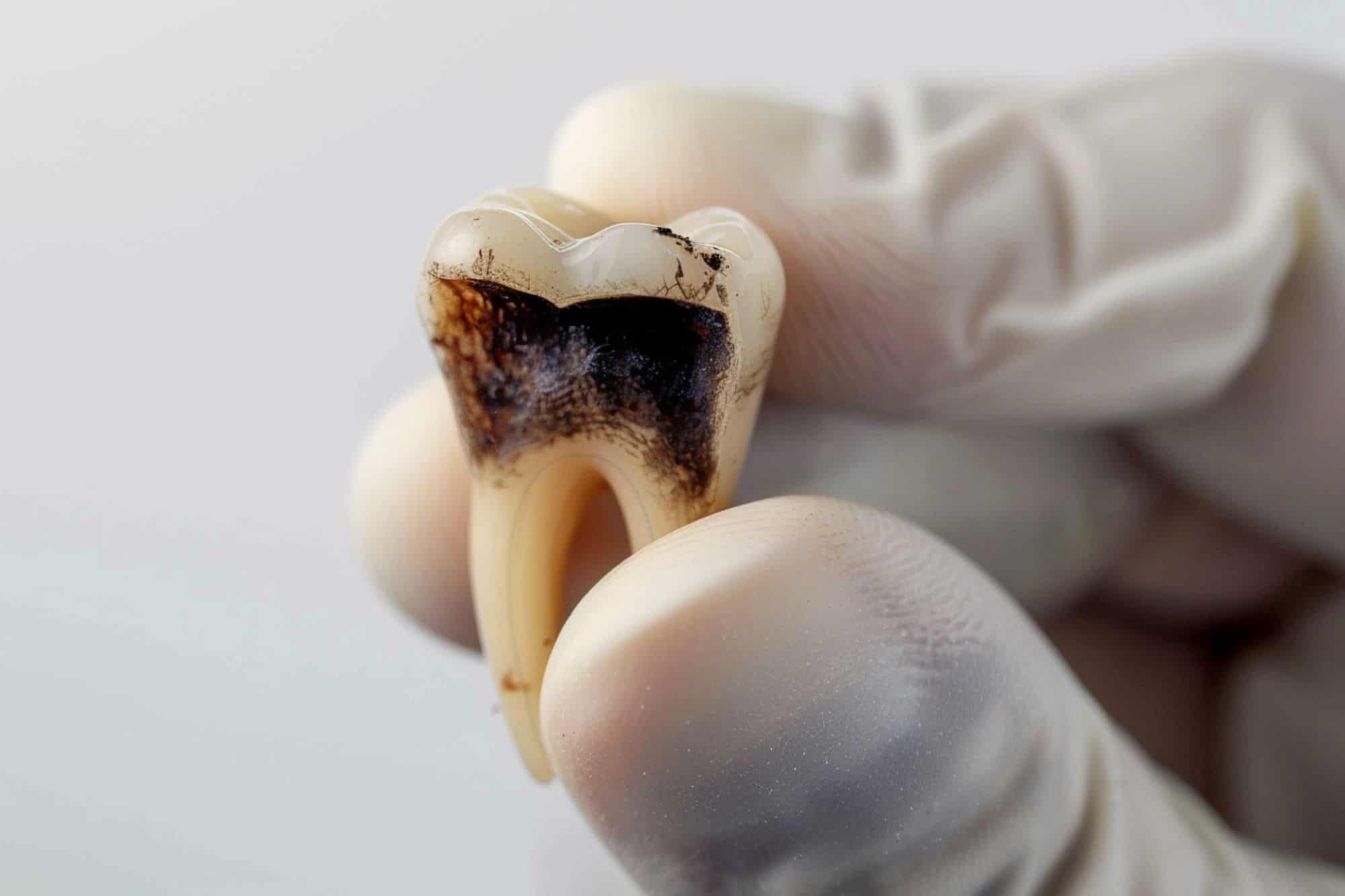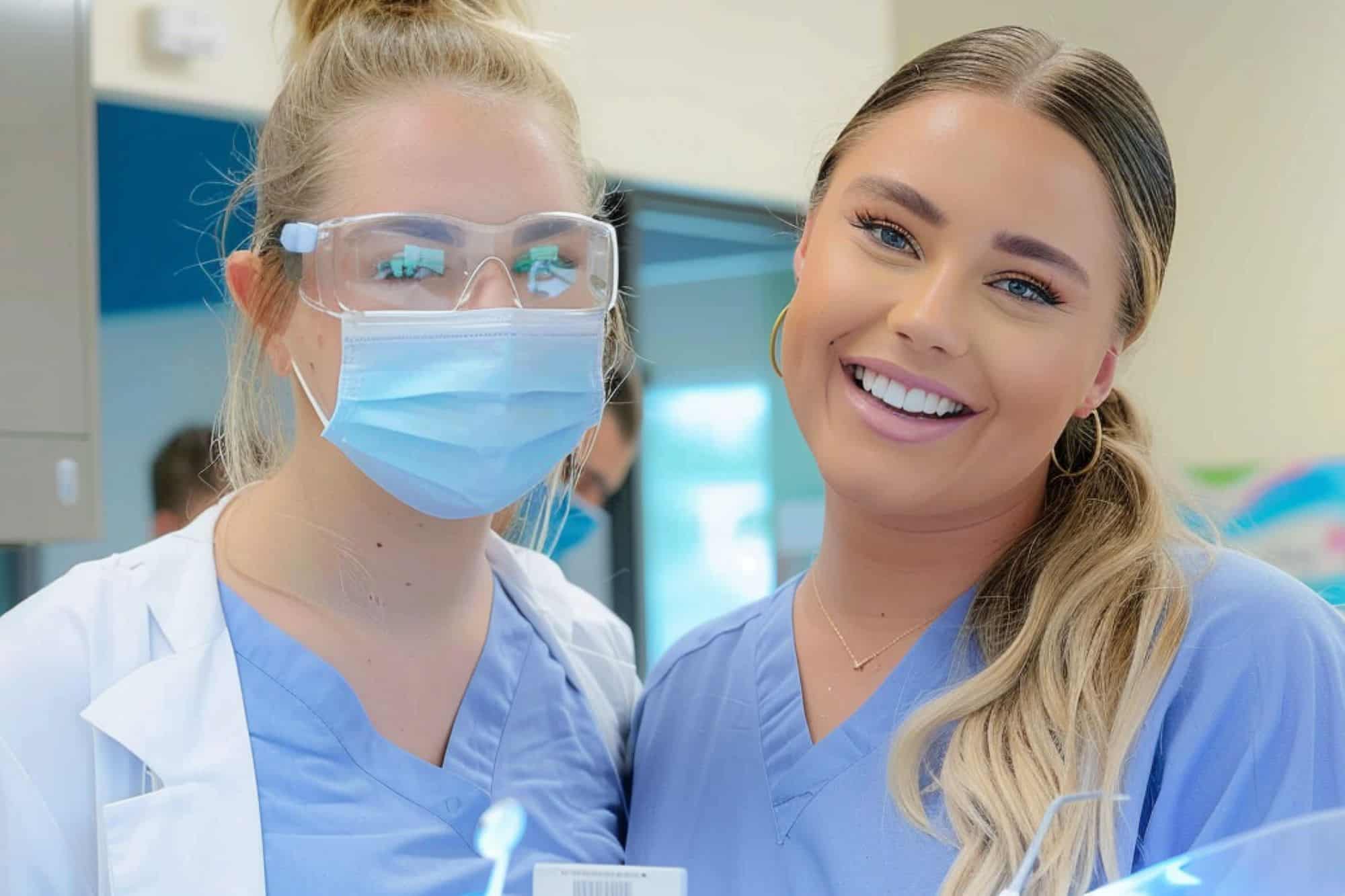Are you wondering whether orthodontists in Erie can perform fillings just like dentists? It’s a common question with a not-so-simple answer. In this post, we’ll explore the specific roles of orthodontists and dentists, focusing on who is best suited for cavity fillings. Understanding these differences can help ensure you seek the right professional for your dental needs.
The Role of Orthodontists
Orthodontists are dental specialists who focus primarily on correcting misalignments of the teeth and jaw. They receive extensive training after dental school, specializing in diagnosing, preventing, and treating dental and facial irregularities.
Specialization and Training
Orthodontists complete additional years of specialized training beyond dental school, which prepares them to manage complex tooth movements and facial development using braces, aligners, and other devices. This training is rigorous and focused on the structure of the jaw and alignment of teeth.
Common Procedures Performed by Orthodontists
The main job of an orthodontist involves treatments like:
- Braces: Used to correct misalignment of teeth and bite issues.
- Aligners: Clear, plastic forms of dental braces that adjust teeth.
- Retainers: Keep teeth in place after surgery or any method of realigning teeth.
- Jaw repositioning appliances: Devices used to correct jaw conditions.
FACT
Orthodontists are experts in manipulating the position and alignment of teeth. Their daily work typically doesn’t include the treatment of cavities, which is generally handled by general dentists.
General Dentists vs. Orthodontists: Who Does What?
When it comes to dental care, understanding the difference between a general dentist and an orthodontist is crucial for getting the right treatment.
Scope of General Dentistry
General dentists are the primary dental care providers for patients of all ages. They manage a broad range of dental issues, including the prevention, diagnosis, and treatment of diseases affecting the teeth, gums, and mouth. General dentists perform a variety of services:
- Fillings: Treat cavities by removing decay and filling the space with materials like composite or amalgam.
- Cleanings and Oral Exams: Regular check-ups to maintain oral health and prevent disease.
- Crowns and Bridges: Restorations for damaged or missing teeth.
- Gum Care: Treatment for gum disease and advice on maintaining healthy gums.
When to See a Dentist for Fillings
It’s typically recommended to visit a general dentist for fillings because they are specifically trained in diagnosing and treating tooth decay. Dentists frequently deal with cavities and have the tools and materials readily available to fill them effectively.
Orthodontists, while capable of doing similar treatments in certain circumstances, focus their practices on aligning teeth and jaws, which requires different expertise and equipment. If you have braces or other orthodontic appliances and suspect a cavity, your orthodontist may direct you to a dentist to ensure the filling is handled properly and does not interfere with your orthodontic treatment.
Can Orthodontists Perform Fillings?
While orthodontists primarily focus on adjusting teeth and jaw alignment, they are trained dentists and can technically perform fillings. However, whether they choose to do so can depend on several factors.
Orthodontists’ Capability and Limitations
Here are a few situations where an orthodontist might decide to perform a filling:
Convenience: If a small cavity is detected during an orthodontic check-up, it’s practical to treat it immediately without interfering with the orthodontic treatment.
Orthodontic Treatment Integration: Sometimes, managing a cavity might impact the alignment process, such as when a cavity is near a bracket or in a tooth critical to the treatment plan.
In most cases, however, orthodontists will refer patients to a general dentist in Erie for fillings. This ensures that patients receive the most appropriate care for each aspect of their dental health, leveraging the specialized skills of both types of professionals.
Collaborative Care in Dentistry
Orthodontists and general dentists often collaborate to provide the most effective and comprehensive care for patients. This teamwork is crucial, especially for patients undergoing orthodontic treatments like braces, who might also need other dental services such as fillings or root canals.
This teamwork is crucial, especially for patients undergoing orthodontic treatments like braces, who might also need other dental services…
Here’s how these dental professionals work together:
Referrals: Orthodontists commonly refer patients to dentists for fillings, extractions, and other non-orthodontic treatments.
Shared Care Plans: They coordinate on treatment plans to ensure that dental procedures do not interfere with orthodontic progress.
Communication: Regular communication between your dentist and orthodontist helps tailor your dental care to your specific needs, ensuring that both tooth health and alignment are managed effectively.
This collaborative approach helps ensure that all aspects of a patient’s oral health are addressed, allowing for treatments that are safe, effective, and well-coordinated.
Preventative Measures and Best Practices
Maintaining good oral hygiene is essential, especially for those undergoing orthodontic treatments. Here are some key preventative measures and best practices to help avoid cavities during such treatments:
Preventing Cavities During Orthodontic Treatment
Regular Brushing and Flossing: Brush at least twice a day and floss daily. For those with braces, using an interdental brush can help clean hard-to-reach areas around brackets and wires.
Use of Fluoride: Incorporate fluoride toothpaste and mouthwashes into your daily routine to strengthen tooth enamel and help prevent decay.
Dietary Choices: Reduce intake of sugary and starchy foods and beverages, as these can promote plaque buildup and tooth decay. Instead, opt for healthier snacks like fruits, vegetables, and nuts.
It’s also important to maintain regular visits to both your orthodontist and general dentist in Erie. These check-ups allow for early detection and treatment of potential issues before they become more serious. This proactive approach not only helps keep your teeth and gums healthy but also ensures that your orthodontic treatment progresses smoothly.
Frequently Asked Questions
Many patients have questions about the intersection of orthodontic work and general dental care, especially regarding cavities and fillings. Here are some answers to the most commonly asked questions:
Do You Need to Remove Cavities Before Braces?
It is crucial to address any cavities before starting orthodontic treatment with braces. Untreated cavities can worsen and lead to more significant dental problems once braces are applied. Your dentist will ensure all cavities are filled, preventing decay from spreading under the orthodontic appliances.
Can Orthodontists Repair Fillings?
While orthodontists typically do not repair fillings, they can identify issues during regular check-ups. If a filling needs repair while you have braces, your orthodontist will coordinate with your dentist to ensure the filling is appropriately fixed without disrupting the orthodontic appliances.
Conclusion
Choosing the right dental professional in Erie for fillings and orthodontic care is crucial for your oral health. While orthodontists focus on aligning teeth, dentists handle cavities and fillings. Understanding their roles and how they collaborate ensures you receive comprehensive and appropriate care. Always discuss your dental concerns with both professionals to achieve the best outcomes.






